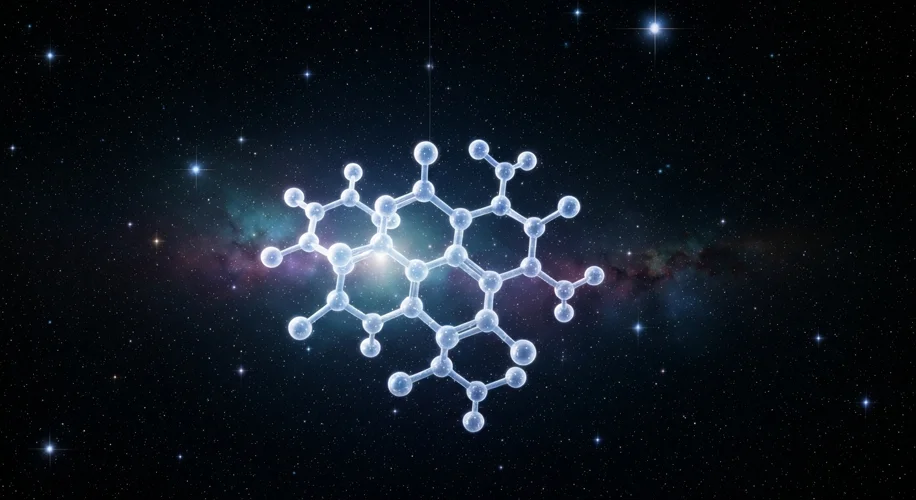Hey everyone, Simone here!
Did you know that scientists have managed to create a molecule that sounds like something straight out of science fiction? They’ve synthesized methanetetrol, a molecule that’s been theorized to exist in the vastness of deep space. Think of it as a “super alcohol” and a potential “seed of life molecule.”
This isn’t just some cool lab experiment; it’s a significant step in understanding the building blocks of life and where it might originate. For decades, chemists have suspected that this complex alcohol, methanetetrol (CH3OH), should exist under the extreme conditions found in interstellar clouds. These clouds are massive collections of gas and dust where stars and planets are born.
So, why is this molecule so special? Well, methanetetrol is thought to be a precursor to more complex organic molecules. These are the very molecules that eventually lead to life as we know it. Imagine these “super alcohols” floating around in space, eventually forming the ingredients for planets like ours. It’s like finding the universe’s own primordial soup ingredients.
What makes this achievement even more remarkable is that creating methanetetrol in a lab has been incredibly challenging. It’s a complex structure that doesn’t easily form. The scientists who successfully synthesized it had to overcome a century-old chemical mystery to do so. They essentially had to mimic the cold, low-pressure environments of space to coax this molecule into existence.
This discovery really gets me thinking about our place in the universe. If such complex molecules, which are fundamental to life, can form in the harsh conditions of space, it certainly increases the possibility that life could exist elsewhere. It’s not proof, of course, but it’s a huge piece of the puzzle.
From my background in atmospheric science, I’m always fascinated by how molecules behave under different conditions. The conditions in deep space are incredibly extreme – we’re talking temperatures near absolute zero and very low densities. To recreate something so complex under those constraints is a testament to scientific ingenuity.
This research opens up so many avenues for future study. Scientists can now investigate how methanetetrol behaves, how it interacts with other molecules, and how it might contribute to the formation of more complex organic compounds. It’s a small molecule, but it holds big implications for astrobiology – the study of life in the universe.
It’s moments like these, when we bridge the gap between theoretical predictions and tangible creation, that truly excite me about science. It reminds us that the universe is full of wonders, and we’re just beginning to uncover its secrets. Who knows what other cosmic ingredients are out there, waiting to be discovered and understood?

